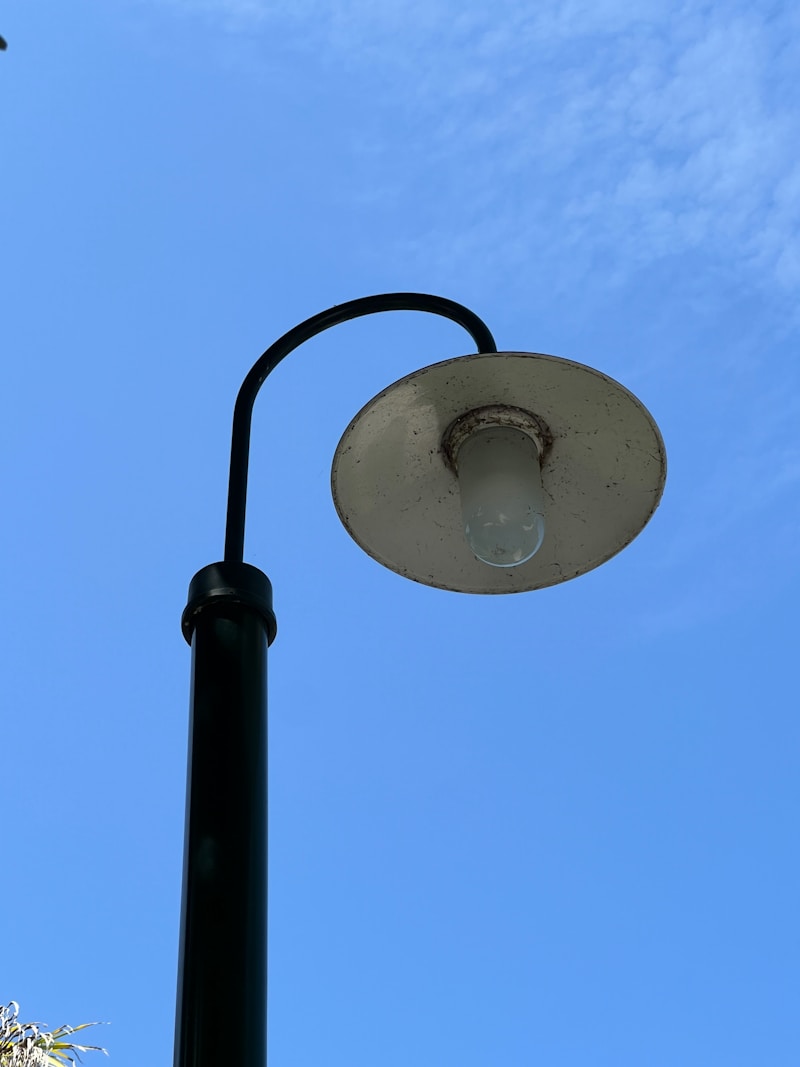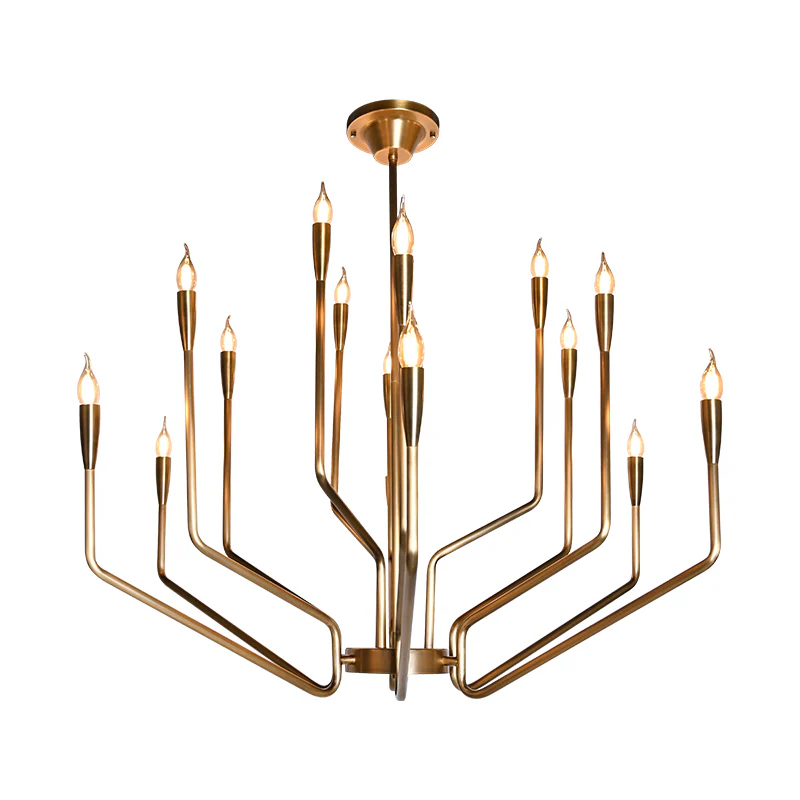Illuminate Your Outdoors: The Ultimate Guide to Energy-Efficient Outdoor Lighting
Illuminate Your Outdoors: The Ultimate Guide to Energy-Efficient Outdoor Lighting
As we embrace sustainable living, energy-efficient Outdoor lighting has become a paramount consideration for homeowners and businesses alike. Not only does it help to reduce energy costs, but it also plays a crucial role in enhancing safety, security, and Aesthetics in outdoor spaces. In this comprehensive guide, we will explore various aspects of energy-efficient Outdoor lighting, including types, benefits, installation tips, and frequently asked questions.
1. Understanding Energy-Efficient Outdoor lighting
Energy-efficient Outdoor lighting encompasses various technologies and practices aimed at minimizing energy consumption while maximizing brightness and functionality. Traditional Outdoor lighting choices often lead to excessive energy usage and higher utility bills, but advancements such as LED technology and solar-powered fixtures have revolutionized the landscape of outdoor illumination.
1.1 What Makes Lighting Efficient?
Lighting is considered energy-efficient when it consumes less electricity to produce the same amount of luminosity. Key factors that contribute to energy-efficient Outdoor lighting include:
- Technology: LEDs and CFLs are the leading choices for energy-efficient Outdoor lighting.
- Smart Controls: Dimmers, timers, and motion sensors reduce energy waste.
- Placement: Strategic placement enhances brightness without overusing fixtures.
2. Types of Energy-Efficient Outdoor lighting
When choosing energy-efficient Outdoor lighting, you have several options to consider:
| Type | Description |
| LED Lights | Widely used for their long lifespan and low energy consumption. |
| Solar Lights | Powered by sunlight, they are perfect for gardens and pathways. |
| CFLs | Compact fluorescent lights consume less energy than traditional bulbs. |
| Smart Lights | Can be controlled via smartphones for added convenience. |
3. Benefits of Energy-Efficient Outdoor lighting
Utilizing energy-efficient Outdoor lighting offers a multitude of advantages:
3.1 Cost Savings
Energy-efficient bulbs consume up to 80% less energy compared to traditional incandescent bulbs, leading to significant savings on electricity bills over time.
3.2 Enhanced Security
Well-lit areas deter potential intruders and promote safety, especially in residential neighborhoods. Motion sensors can further enhance security by illuminating only when necessary.
3.3 Environmental Impact
Reducing energy consumption lowers greenhouse gas emissions. Choosing sustainable lighting options contributes positively to the environment.
4. Installation Tips and Considerations
When planning installation, consider the following factors:
4.1 Assess Your Lighting Needs
Evaluate which areas require lighting — paths, decks, gardens, or entryways. The amount of natural light these areas receive during the day will also influence your choices.
4.2 Choose the Right Fixtures
Select fixtures that not only fit your style but also provide the right kind of light for your needs. For instance, task lighting is essential for outdoor cooking areas, while ambient lighting works well in gardens and seating areas.
4.3 Hire Professionals
Unless you are skilled in electrical work, hiring a qualified electrician is advisable to ensure safety and compliance with local codes.

5. Frequently Asked Questions
5.1 How much does energy-efficient Outdoor lighting cost?
The cost can vary based on the type of fixtures chosen, installation fees, and any additional controls (like smart features). On average, homeowners might spend between $500 to $1,500 for a comprehensive Outdoor lighting setup.
5.2 Are solar lights really efficient?
Yes, solar lights can be quite efficient, especially in sunny climates. The upfront cost may be higher, but they provide long-term savings since they are powered by free solar energy.
5.3 How do I maintain energy-efficient Outdoor lighting?
Regular maintenance involves cleaning fixtures to ensure maximum light output, replacing burned-out bulbs promptly, and checking the settings of any smart controls.
6. Conclusion: Illuminate Your Outdoors Sustainably
Energy-efficient Outdoor lighting is not just a trend; it's a necessary step towards sustainable living. By understanding the types, benefits, and installation tips, you can create well-lit, safe, and inviting outdoor spaces without incurring hefty energy bills. Remember, opting for energy-efficient solutions will not only be beneficial for your wallet but also for the planet. Make informed choices and embrace the brilliance of energy-efficient Outdoor lighting!
